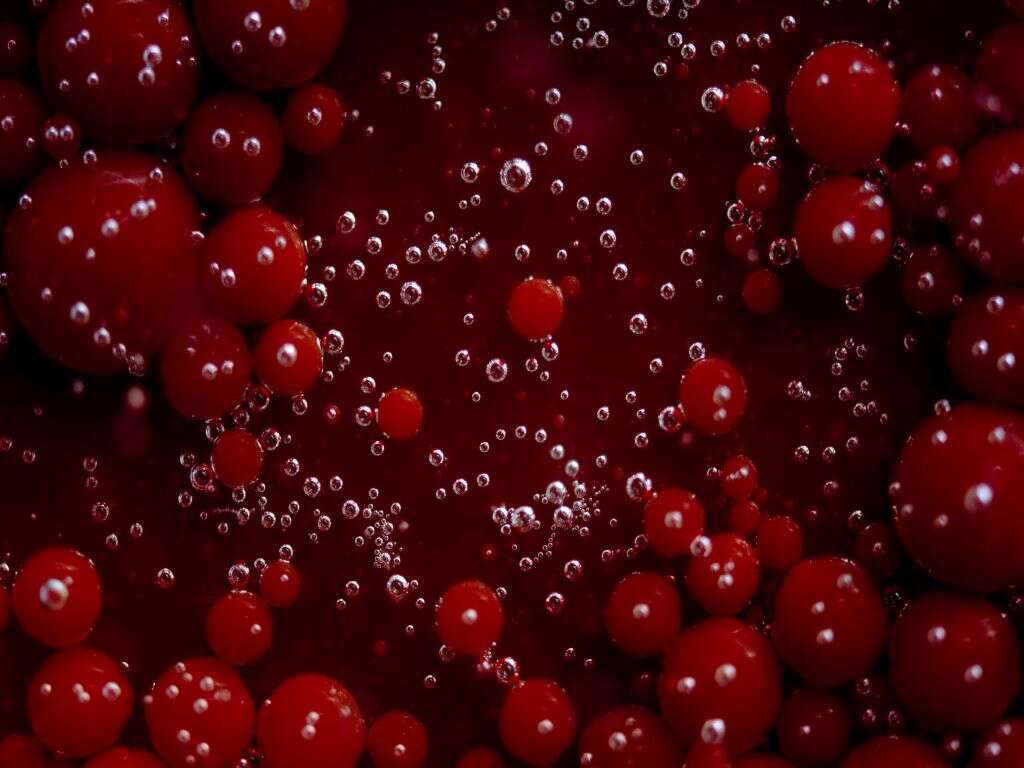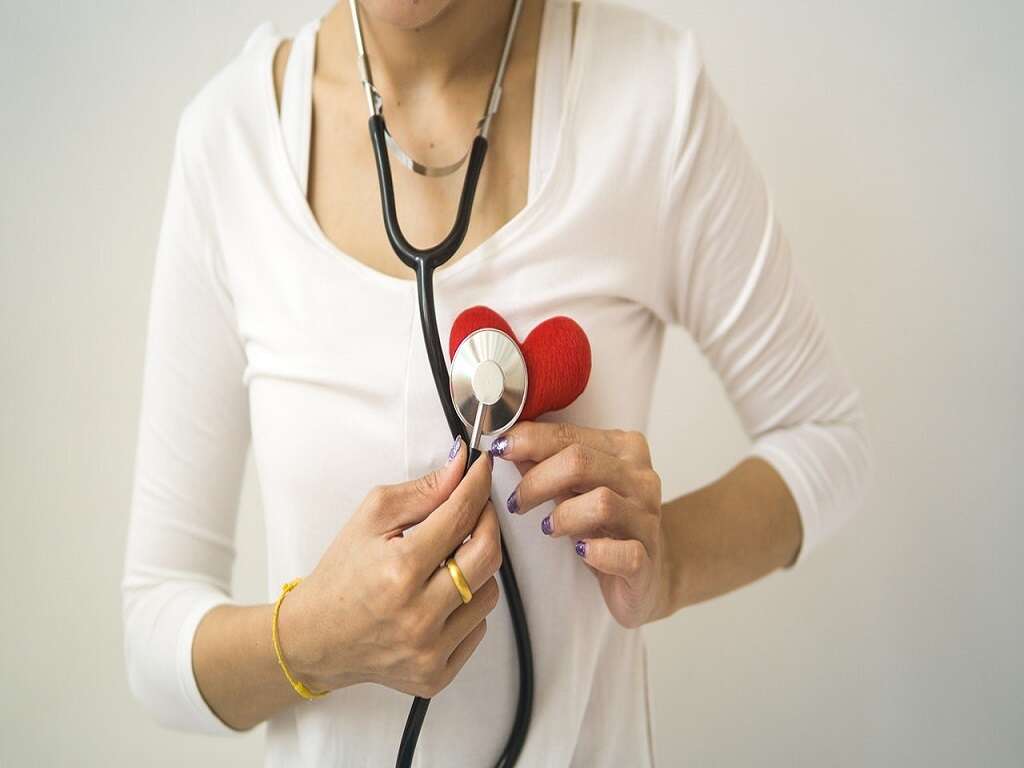What Is Cardiac Tamponade?
If our heart was to develop a problem then it can mean that we are in immediate danger. Most heart conditions will not be of such an immediate concern but should still be treated as important regardless. There are numerous complications that can happen, and cardiac tamponade is one of them.
Cardiac tamponade is quite a rare condition, but nobody is safe from it. We don’t always know the underlying cause for it, but at others time the cause will be clearly evident. It is a very serious condition in some cases and the patient should be found immediate medical assistance.
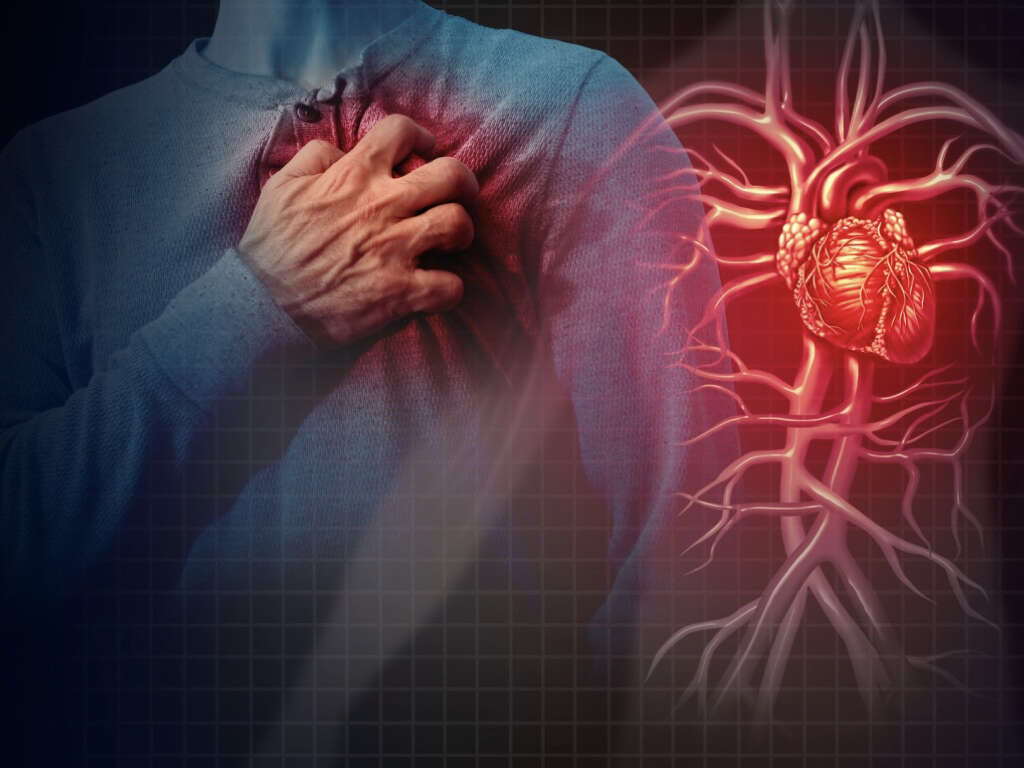
1. Pericardium
Our hearts are protected by a fibrous sac that is known as the pericardium. This sac helps to prevent the heart from dilating too much when it is overworked. It also helps to keep the heart safe from infections. The sac also provides lubrication for the heart so all the parts are free to operate as they should.
The pericardium consists of 2 layers and some fluid is located in between the two layers. The purpose of the fluid is to help provide lubrication between the two layers of the sac. This sac can sometimes fill with too much of this fluid and this can cause complications in some cases.
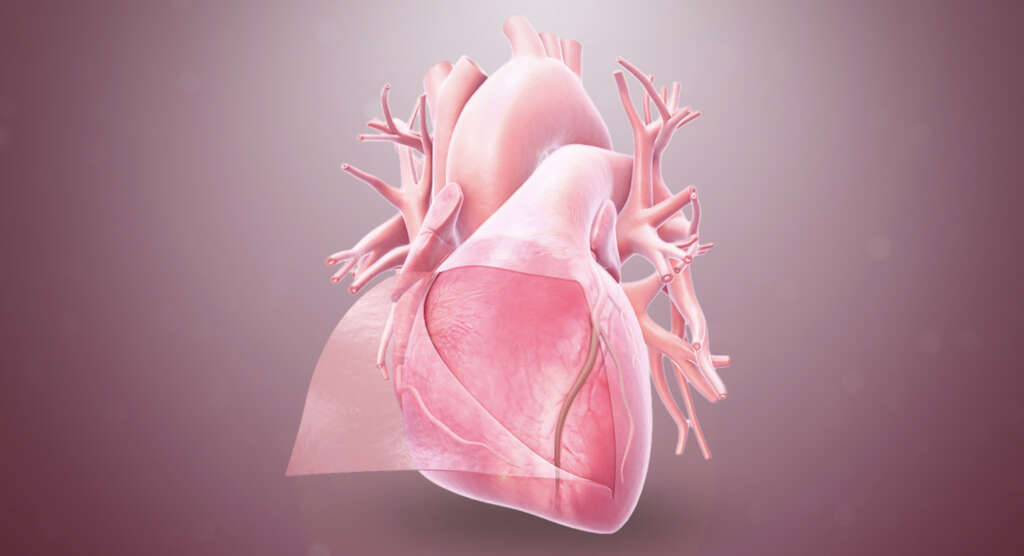
2. Cardiac Tamponade
If too much fluid accumulates in the pericardium, the pressure will begin to build between the two layers. This pressure can affect the heart’s ability to function as it becomes restricted by the pericardium. This can, in turn, have an impact on the blood flowing throughout the cardiovascular system.
This is a condition known as cardiac tamponade, and there are two main types. There is subacute cardiac tamponade which means the condition develops slowly. The other type is acute cardiac tamponade, which develops quickly. The latter type can be very dangerous to the patient if appropriate treatment is not sought in time.
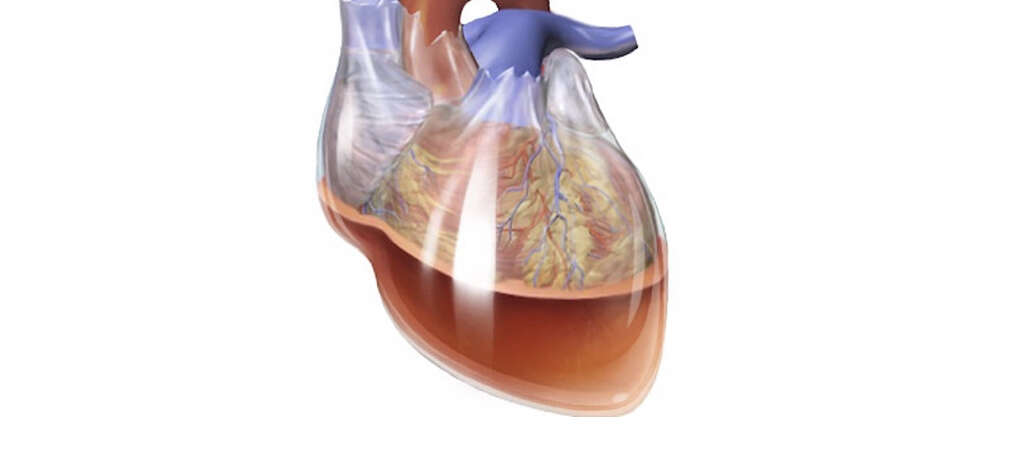
3. Cancer
The build up of fluid in the pericardium is known as a pericardial effusion. There are various different causes behind this, one of which is cancer. Cancer can cause damage to the heart and the pericardium in a way that causes excess fluid to be released. Cancer might also cause the condition in a more indirect manner.
Cancers in the chest area and these will sometimes be treated with help from radiation. Radiation can damage delicate tissues and, if the heart is bathed in the radiation, then cardiac tamponade may result. Possible side-effects of radiation like this are well known and radiation is only used when deemed necessary.

4. Kidney Failure
Another potential cause of cardiac tamponade is chronic kidney failure. Our kidneys are very important for keeping our blood clean from toxins that might otherwise be harmful to us. If the kidney is not able to function as well as it usually would, toxins can begin to accumulate in the blood.
These toxins can then sometimes cause damage to delicate tissues like the pericardium, potentially resulting in cardiac tamponade. Certain autoimmune diseases might end up with the pericardium being damaged by its own immune system. In a rare number of cases, a reaction to certain types of medication can cause a problem.
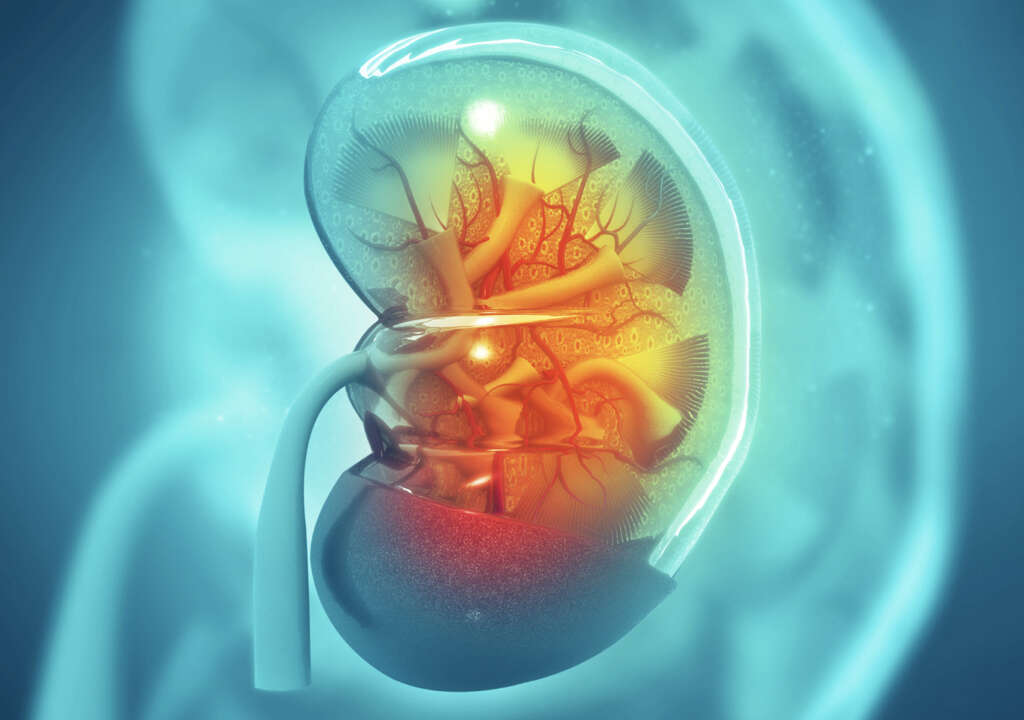
5. Infection
As mentioned, the pericardium helps to protect our hearts against infections. This is especially against infections that might come from other nearby organs. Despite this, the pericardium is not completely safe from becoming infected itself. Infection of the sac is one of the potential causes of cardiac tamponade.
In some cases, the condition can be caused by a trauma such as an injury. At other times, the cause can be open heart surgery or other medical procedures that cause damage to the heart or pericardium. Surgeons will always take care to avoid causing such damage, but still, problems will arise in some cases.
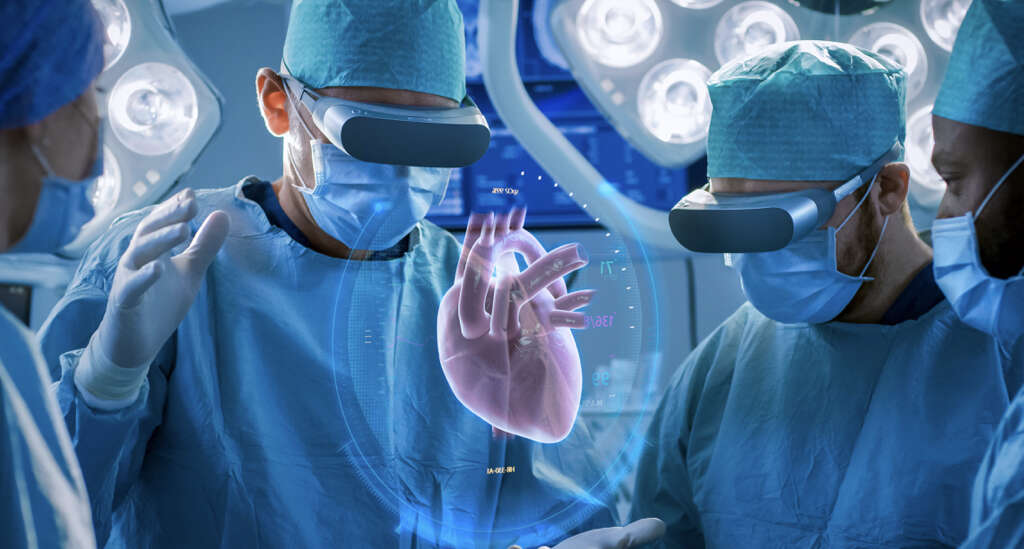
6. Symptoms of Cardiac Tamponade
Symptoms of subacute cardiac tamponade will tend to develop gradually. In the acute variety, they will come on suddenly and will be severe. The symptoms might be mistaken for something else in some cases. If the underlying cause is an infection, then a fever is likely to be present.
As the condition develops and the heart struggles to operate, the patient’s blood pressure can begin to drop. This can result in other symptoms such as pale skin, cool extremities, and urinating less frequently than normal. Edema will also develop in some cases.
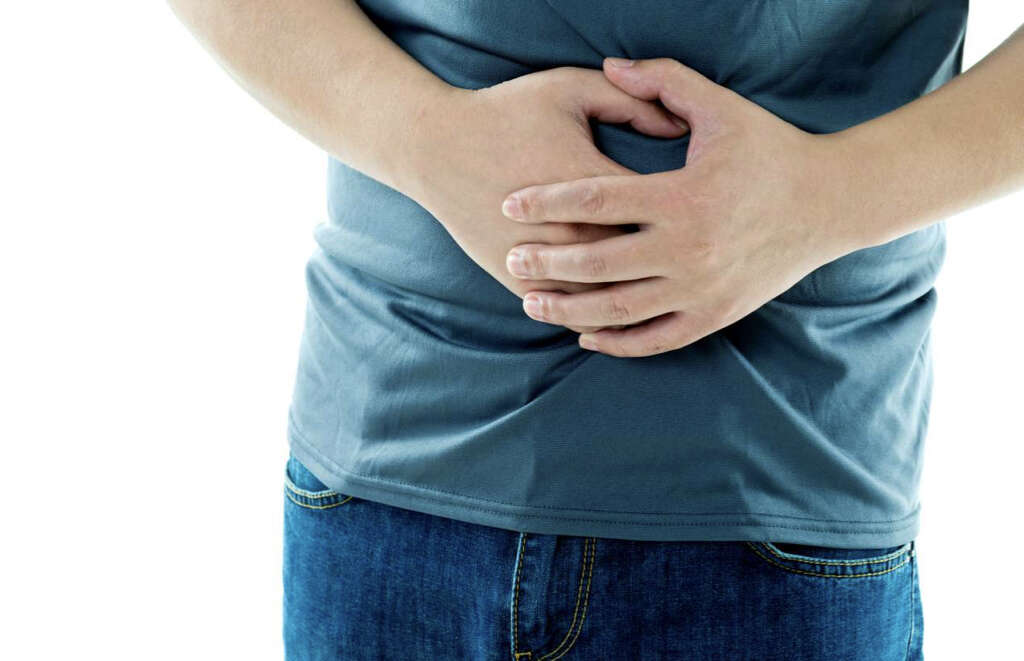
7. Chest Pain
As the symptoms worsen, patients are likely to develop a pain in their chest. As the heart struggles to pump properly, so the body will not have the usual amount of oxygen flowing through it. This can cause the patient to feel short of breath, and their rate of breathing can also increase significantly.
What’s more is that the patient’s heart can begin to beat faster as it tries to make up for the drop in performance. The lower levels of oxygen flowing through the body can also cause the patient to faint. Some people will also find that the veins in their neck begin to bulge.

8. Complications
If cardiac tamponade is caught in time then the patient should not develop any serious problems. If it is not dealt with in time, however, then it can result in some very serious problems indeed. As the heart struggles to deliver blood and oxygen to the body then the patient can be in real danger.
Severe cardiac tamponade can cause the patient to go into shock. This can, in turn, result in multiple organ failure and this can be fatal in some cases. The good news is that the condition can often be treated, but it is essential that the patient is found professional medical assistance as soon as possible.
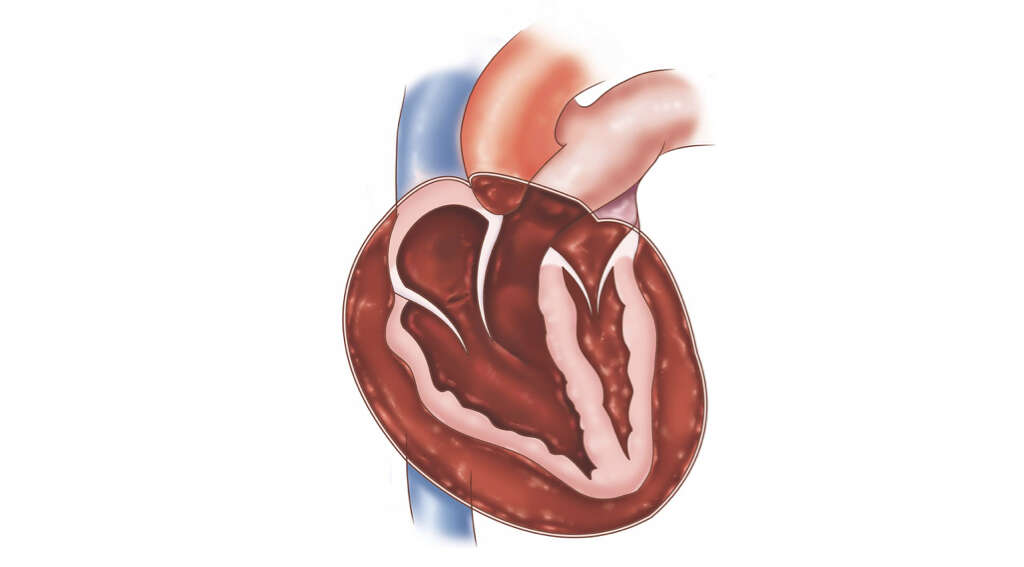
9. Prevention
Cardiac tamponade can happen to just about anybody, although it is thankfully a rare condition. While we cannot do anything to keep ourselves completely safe from the condition, we can at least make it less likely to happen. This mostly entails living as healthy a life as you can.
Everybody is encouraged to getting regular exercise, even if it is not heavy exercise. Eating a balanced diet of fresh foods is also very important, as is drinking alcohol in moderation only. It is also recommended that people get regular check-ups so potential problems can be spotted early on in their development.

10. Treatment
In cases of acute cardiac tamponade, the condition is going to be a medical emergency. The excess fluid in the pericardium will need to be removed immediately so the heart can begin functioning fully again. This is usually achieved with a catheter that will help to drain away the excess fluid. Sometimes, a part of the pericardial sac will be removed to help prevent a recurrence of the condition.
While the patient’s symptoms should ease almost straight away, further treatment is still often needed. This can include antibiotics if the condition was caused by an infection. Medication can also be provided to help the heart to recover, and medication to help increase blood pressure is also sometimes prescribed.







